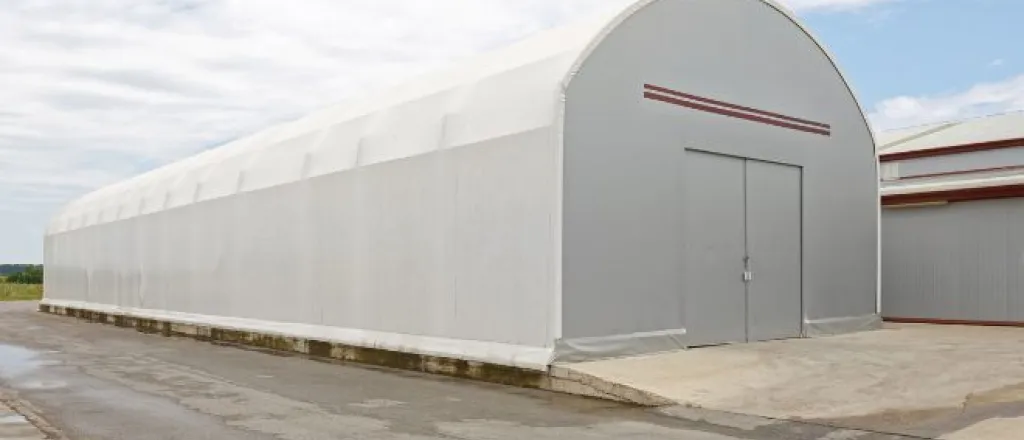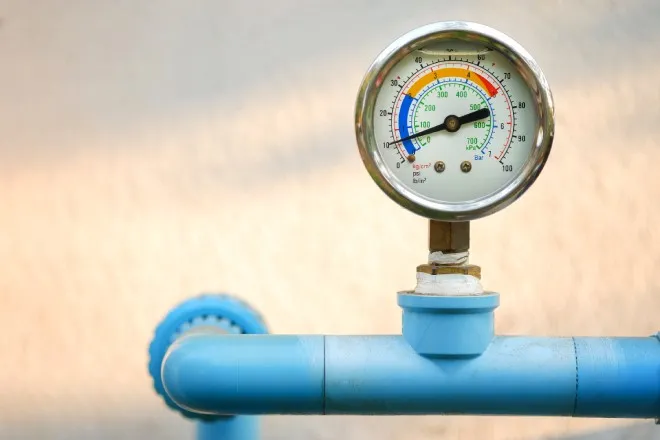
Common uses and applications for fabric buildings
Fabric buildings are usually not the go-to solution for various structures, but once you know their common applications, you’ll reconsider their use.
Fabric buildings may seem like modern innovations, but their adaptability and strength serve a range of uses and applications. These structures, distinguished by their tensile fabric canopies over a rigid frame, shine a light on multidimensional solutions from the temporary to the permanent. Below, we explore the many uses and applications for fabric buildings and highlight their widely-ranging benefits.
Advantages of Fabric Buildings
There is a spectrum of advantages that make fabric buildings attractive options for their many projects. It’s easy to correlate fabric buildings with temporary circumstances, but these highly durable structures can withstand harsh elements, making them suitable for permanent applications.
Fabric buildings are also cost-effective due to reduced construction times and material efficiency. The bane of structural rigidity is not an issue here; the design flexibility inherent to fabric buildings empowers architects and engineers to explore creative and functional forms unrestricted by more traditional materials.
Construction: Temporary and Permanent Solutions
Fabric buildings serve as essential assets for short- and long-term solutions. These structures go up in no time and provide shelter for workers, equipment, and materials on construction sites, which can minimize downtime due to inclement weather. This is a facet that’s particularly relevant for areas prone to unpredictable weather patterns.
These functional structures also serve well as warehouses or storage facilities and offer a blend of security and accessibility. They are scalable solutions to meet demands for space without the lengthy lead times associated with conventional brick-and-mortar structures.
Sporting and Recreation: Cover that Stands the Test of Time
Sports applications greatly benefit from fabric buildings, and this is one of the most common uses for them. Whether for community pools, indoor soccer fields, or tennis courts, these structures provide year-round facilities regardless of external weather conditions. Their translucency also allows for natural lighting and creates an inviting ambiance while reducing the need for artificial illumination during the daytime.
Embracing the Great Outdoors
Fabric buildings shine in outdoor applications and serve as ideal event tenting or exhibitions. The ease with which they blend into landscapes makes them suitable for agriculture—protecting crops or livestock from harsh elements—or as covers for open-air marketplaces. A misconception about fabric buildings is they are unsafe, but this would ring false with their protective and durable nature.
Fields requiring remote operations, such as mining and exploration, find the portability and robustness of fabric buildings to form ideal conditions for onsite work. Fabric buildings embody modern engineering marvels with the robustness required for rigorous fieldwork.
After taking a deeper dive into the applications and uses of fabric buildings, we see these structures are more than placeholders. Their cost-effectiveness, flexibility, and strength make them worthy considerations for many projects.

















